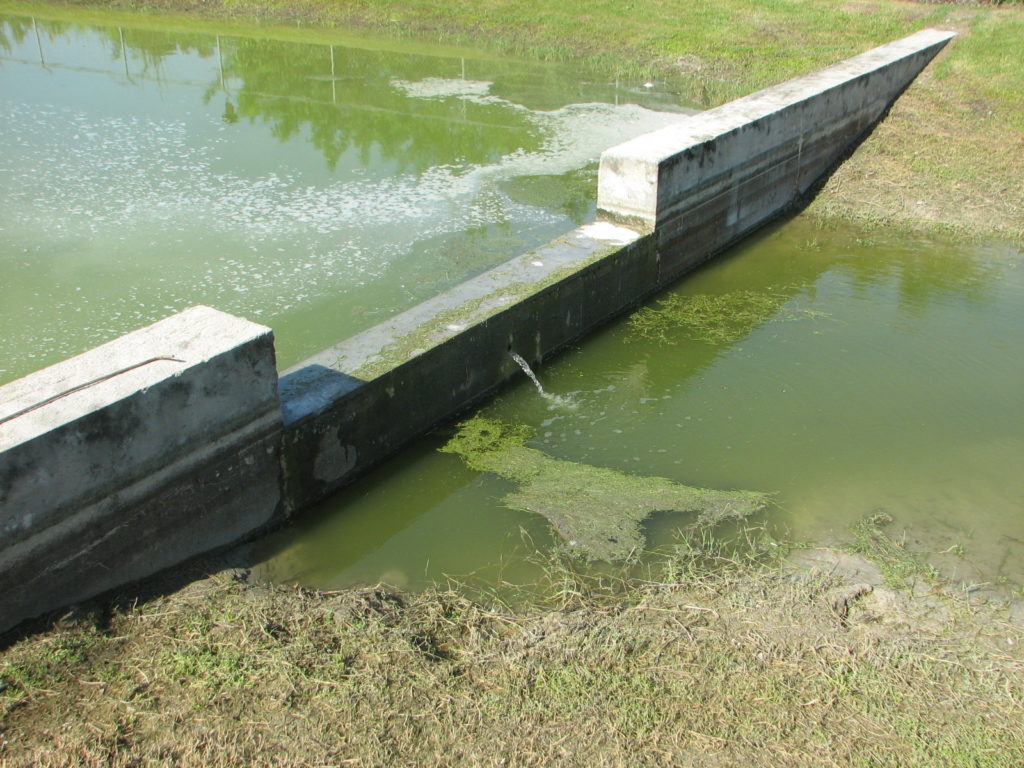Background
So far, we have provided several blog posts on or related to environmental engineering, which is provided  by environmental consulting firms like ours, Environmental Safety Consultants, Inc. (ESC). We provided information on environmental permits, then went into an overview of environmental engineering. Next, we addressed industrial wastewater and, finally, air emissions control provided by an air engineer. There was also a blog post discussing Florida NPDES (National Pollutant Discharge Elimination System) Industrial Stormwater requirements. Now we will discuss the Stormwater Pollution Prevention Plan (SWPPP).
by environmental consulting firms like ours, Environmental Safety Consultants, Inc. (ESC). We provided information on environmental permits, then went into an overview of environmental engineering. Next, we addressed industrial wastewater and, finally, air emissions control provided by an air engineer. There was also a blog post discussing Florida NPDES (National Pollutant Discharge Elimination System) Industrial Stormwater requirements. Now we will discuss the Stormwater Pollution Prevention Plan (SWPPP).
Stormwater Pollution Prevention Plan (SWPPP)
The current paper will discuss environmental engineering required for an SWPPP (Stormwater Pollution Prevention Plan). The regulatory requirements are provided by both the U.S. EPA (Environmental Protection Agency, www.epa.gov) and the FDEP (Florida Department of Environmental Protection, www.floridadep.gov). The requirements discussed herein primarily cover manufacturing and industrial facilities with SIC (Standard Industrial Classification) Codes 21 – 39 with specific exposure to stormwater.
Objective
The objective of the Stormwater Pollution Prevention Plan is self-evident from its name. Basically, the plan prevents pollution of stormwater so it does not impact receiving waters. Otherwise, it can impair the biological organisms and public health.
Components of Stormwater Pollution Prevention Plan
In preparing the SWPPP, the environmental engineer first identifies the facility and describes its operations, location, and receiving surface waters. Next, the engineer gathers information and data in the following areas to assess the facility’s impact to stormwater:
- Topography, runoff, & discharge point(s)
- Material inventory, quantities, & exposure
- Significant spills or leaks last three years
- Non-stormwater discharges
- Pollutant sources & specific parameters
- Best Management Practices (BMPs) to control pollutants
Based on the results of the preceding, the environmental engineer discusses the findings with the client, then prepares the SWPPP and submits it for review. It is important that the client be able to implement and use the plan to reduce or eliminate pollutants in the facility’s stormwater runoff.
Implementation
The client’s management must endorse the SWPPP and sign it as documentation. The client forms a Pollution Prevention Team (PPT) and identifies it in the SWPPP. Team members and other personnel receive training. Management commits resources to attain the plan’s objective and implements the BMPs selected. The PPT completes visual monitoring of the stormwater discharge quarterly and, possibly, laboratory analysis during the second and fourth years of the five year permit. The client keeps all records in the SWPPP and, thus, it is a living document.
 So there is a discussion of the preparation of an SWPPP by an environmental engineer! If you need any assistance, Environmental Safety Consultants (www.escflorida.com) is here. We are a Florida licensed environmental consulting and Florida licensed environmental engineering firm with a P.E. on staff. We have the credentials and experience to help you with your SWPPP. Contact us today (https://www.escflorida.com/contact/). We strive to reply to all contacts promptly!
So there is a discussion of the preparation of an SWPPP by an environmental engineer! If you need any assistance, Environmental Safety Consultants (www.escflorida.com) is here. We are a Florida licensed environmental consulting and Florida licensed environmental engineering firm with a P.E. on staff. We have the credentials and experience to help you with your SWPPP. Contact us today (https://www.escflorida.com/contact/). We strive to reply to all contacts promptly!
